Shelby Cobras: CSX 2001–CSX 2125
The Definitive Chassis-by-Chassis History of the Mark I Production Cars
 by Robert D. Walker
by Robert D. Walker
“Original Shelby American Inc. records are potentially a treasure chest of information, but they are not readily available for research and just a small number of those documents have previously been published. Many of those early original documents also seem to have been rewritten (most likely at Ford’s request) and contain some misleading information.”
The title is unambiguous enough so no point dissecting it. Readers new to the early Cobras only need to know that the major differences between the small run of Mk Is and the significantly larger numbers of Mk IIs have to do mainly with steering and suspension. The thing is, probably few of the early cars still retain their original worm and sector steering box and leaf springs, and with Cobras having become ultra expensive, every aspect of their original configuration and subsequent history becomes a Big Deal. Funny, then, to reflect on the initial lukewarm reception, with such luminaries as Augie Pabst telling Carrol Shelby the cars would never sell, and early backers and dealers beginning to worry that they “couldn’t give them away.”
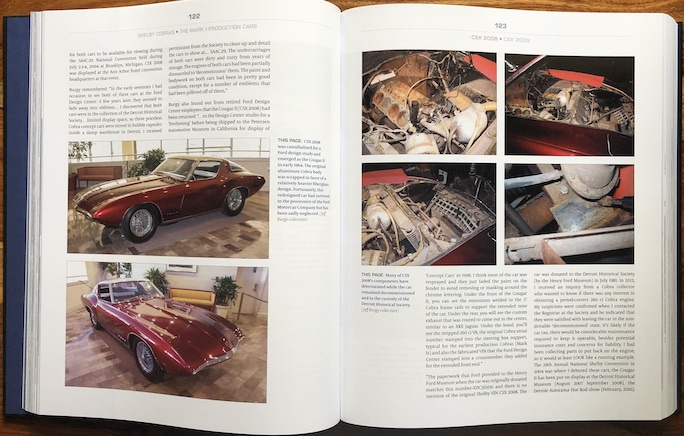
Yup, there’s a Cobra underneath that Ford Cougar concept car launched at the 1964 World’s Fair. Why did anyone even bother looking at a Mustang…?
That, however, is not the story of this book because that story has been told a thousand ways already. Author Bob Walker had, as owner/restorer of a 1963 Cobra, already long been a consumer of Cobra information before perceiving a need to put pen to paper himself which was prompted by unexpectedly making the acquaintance of a pivotal but little-known figure in early Shelby and Cobra history, Ed Hugus. Walker recognized that not only was that story largely absent from the record but that Hugus’ unassailable recollections would force a rethink of the received canon in matters both large and small. A most excellent book resulted, Cobra Pilote: The Ed Hugus Story (2017).

Lots of original bits of documentation are drawn upon to tease out the true facts. Even repair bills, correspondence, bills of sale etc. can shed light on timelines and owners’ claims.
This is Bob Walker’s second book, and with the same publisher. Both of these factors are useful indicators of what to expect in terms of level of magnification and book design/production. Top notch, in so many words. While the Hugus book was on a related subject it did not so much as hint that Walker wasn’t done writing about Cobras although it is obvious and inevitable that his research would have forced him to become frustrated by the spottiness of not only the published literature but also the discrepancies and outright gaps in the multitude of chassis registers and the like that underpin it. “Sorting out the grit” is what he calls it, a colorful picture, and apt.
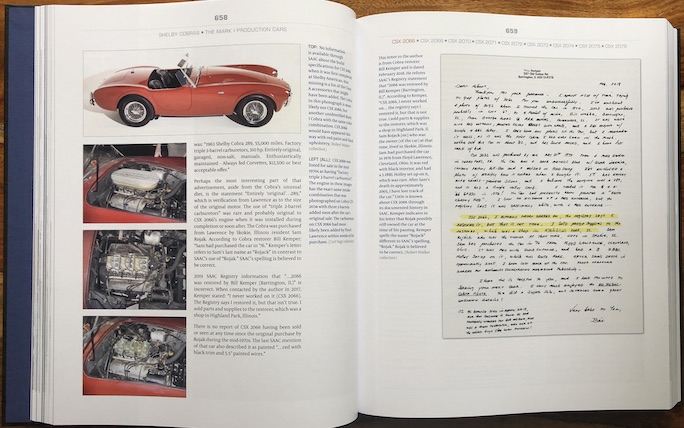
A neat example of a Cobra restorer “refuting” a statement found in the Shelby American Automobile Club’s registry.
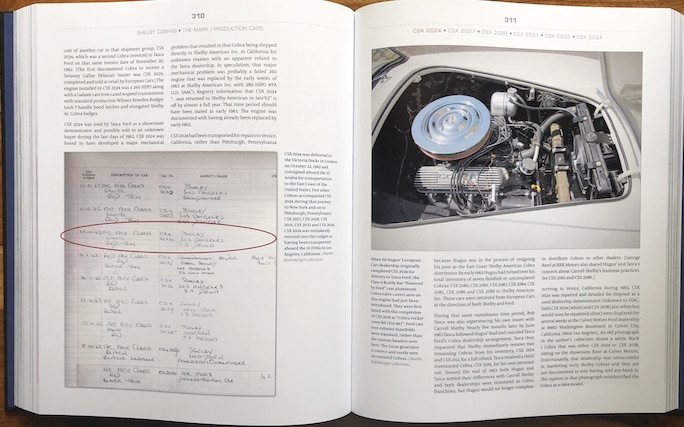
An example of a cargo ship wrongly identified in the AC Ledger.
This new book is a grand effort in every respect. It puts the 125 Mk I cars under the microscope—and if there is a lament it is that Walker, already in his seventies, is in his own estimation not the fellow of whom to expect a similarly granular investigation of the many hundreds of cars in the Mk II series.
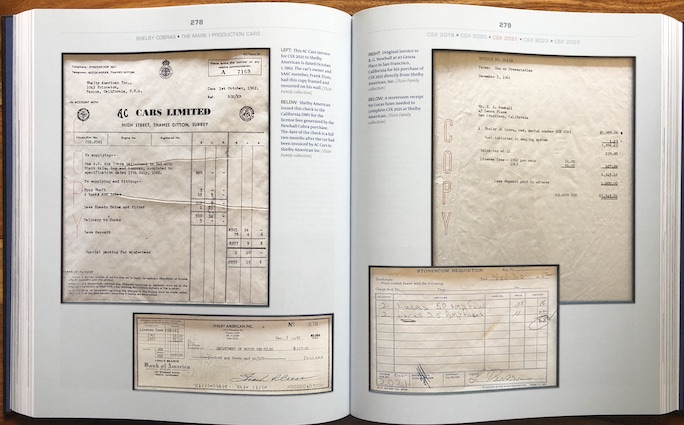
Lots of original bits of documentation are drawn upon to tease out the true facts. Even repair bills, correspondence, bills of sale etc. can shed light on timelines and owners’ claims.
While the Hugus book could be said to have been of relevance to pretty much anyone interested in the history of an important American sports car and the company that made it, this chassis history is an altogether different proposition. Cobra owners, obviously, will be the core audience, and probably restorers and auctioneers—plus that hopefully ever-growing cohort of book collectors who only need to hear “Dalton Watson Fine Books” to start warming up the wallet.
For all practical purposes this is one book; the only reason it is split into two volumes is to make it possible for regular mortals to pick it up without snapping their wrists (12+ lb). The page numbering is consecutive and there is only one set of front- and backmatter (prefaces, appendices, bibliography index). Conveniently, each volume contains tables of contents of both, which list the chassis numbers, so there’s never any question which car is in which volume. And that there could be a question will be obvious only to those who think about such matters or who noticed one crucial line of fine print, right at its very top: “Chapters are sequenced by carrier shipment date.” This doesn’t come into play until chapter 5 when the first break in linear chassis numbering occurs. That someone anticipated the utility of pointing this out right at the start is indicative of the great attention to detail evident throughout the book (cf. internal cross-referencing). Walker once said he writes the way he wants to read. After earning a degree in PR he taught Vocational Education and Journalism (even adding fabrication and auto restoration doesn’t exhaust his CV;) so it is no surprise to find structure and purpose here. Add to that DW’s thoughtful designer Jodi Ellis and you have a book that “works” on every level.
Cobra folk need to know one important new source for the Walker book that has never before been referenced or even known: the Florian Seidl Cobra Files which consists of only recently discovered photos and documents collected years/decades ago by an unknown person possibly connected to a German classic car dealership.
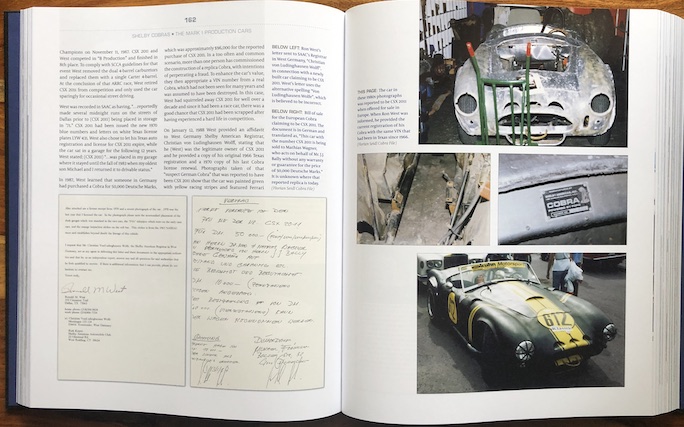
Examples from the Seidl Files. Seidl wrote one of the Forewords.
Casual bystanders need to know another item in order to fully appreciate the degree to which this book advances the body of knowledge. While it is spelled out, it is done in a way that is almost too polite: record-keeping by, first, AC Cars then Shelby American (plus, later, Ford) then the Shelby American Automobile Club is riddled with errors, both in regard to the accuracy of any data originally captured and then in subsequent re-recordings (transcriptions) of data when custody of ledgers/registers was passed on to other entities. What all this means is that this book accomplishes a very great deal and is absolutely necessary.
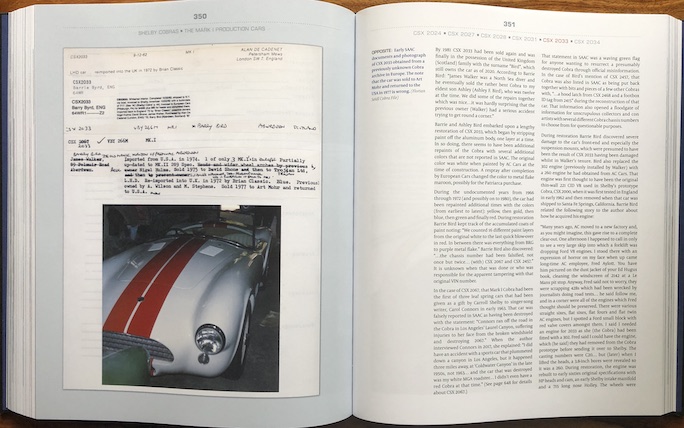
The story of CSX 2033 is rather extreme: it had been misrepresented as a different chassis—twice! There are at least three rounds of annotations on this document (p. 350) meaning someone tried to keep the data up to date; even so, something as simple as the current owner’s name is wrong—thrice! Is it BARRIE BYRD or BARRY BYRD or BARRY BIRD. Would you believe it, it’s none of those! Also, note the name on the top right: Alan de Cadenet aka car guy extraordinaire. But even his name is misspelled. The horror. Walker, on the other hand, gets it right and keeps it that way.
Even if you’re not already a Cobra owner, or itching to write a six- or seven-figure check, the individual chassis files still have plenty to offer to any curious soul inasmuch as they reference people and events that occupy recognizable places in the car world. Also, the introductory Overview and Prologue chapters contain a fine summary of the AC and Shelby interaction and how small makers deal with sourcing of parts and labor, documentation, production records (“there was no such thing as a ‘matching numbers’ Cobra in reference to engines and chassis CSX numbers”), shipping, Shelby American’s “completion practice” and how Ford Motor Co. entering the picture affected all of that—and not always for the better.
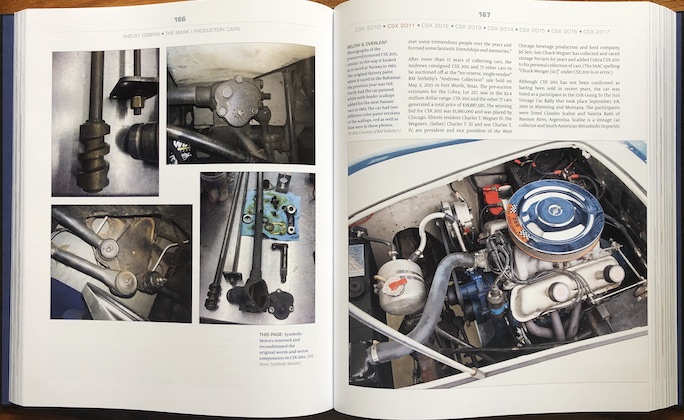
Restorers will find piles of material here for how things should look.
Appended are chassis data in list form (see below), a Glossary and a Bibliography, followed by an excellent three-part Index (chassis, people, companies).
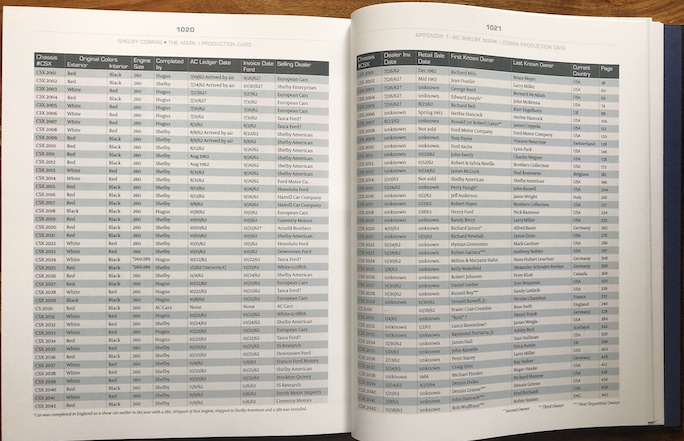
If you haven’t had the pleasure yet let us say once again that any new Dalton Watson book is an . . . event. The price may seem high, but only if you haven’t checked book prices lately! Besides, this is a massive book, and when you factor in the years of work to write it and then produce it to a high standard and in relatively low numbers, it is a bargain.
Autographed copies are available directly from the author.
Copyright 2022, Sabu Advani (speedreaders.info).


 RSS Feed - Comments
RSS Feed - Comments


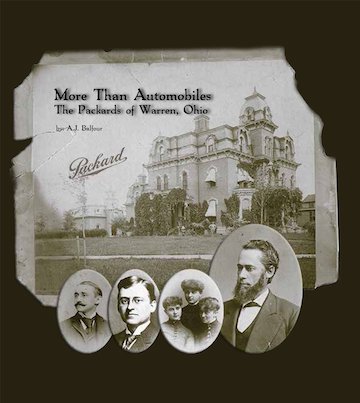
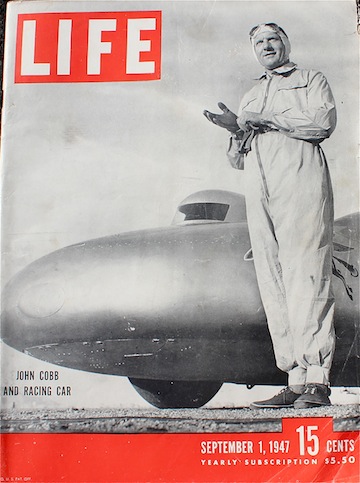





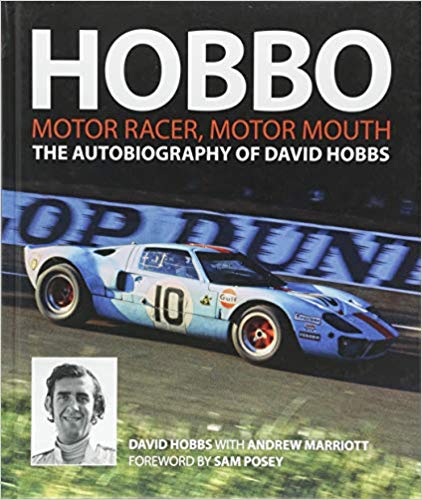




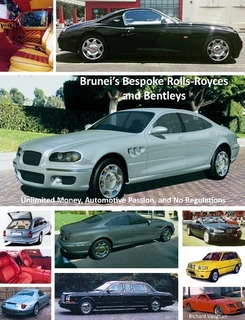

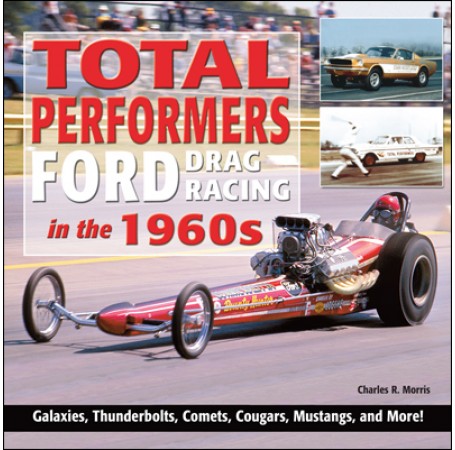







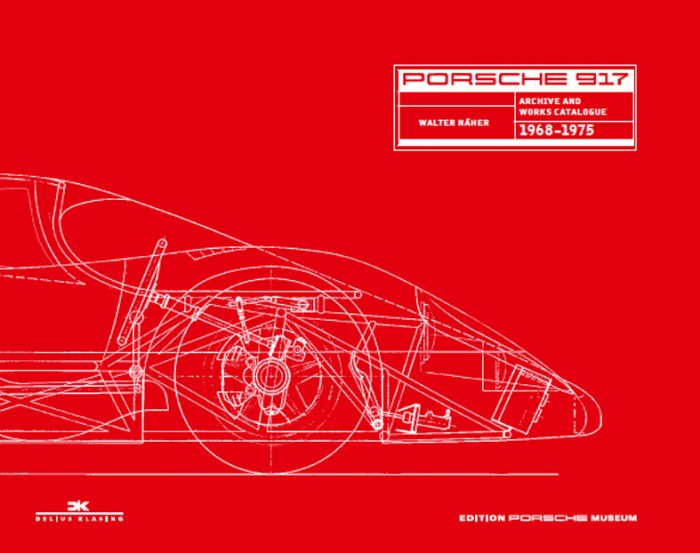



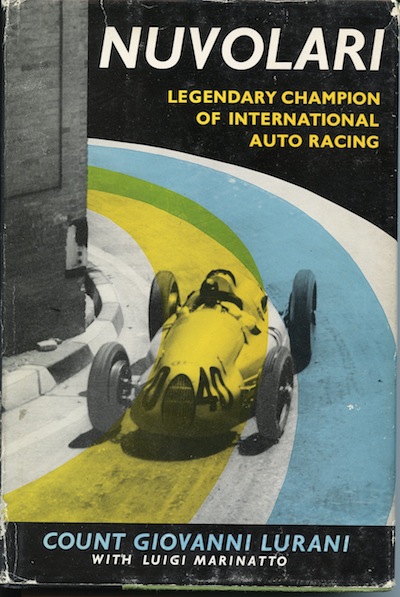







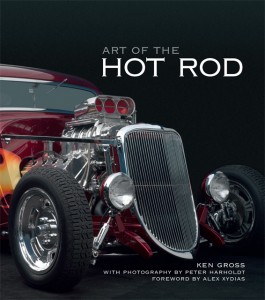



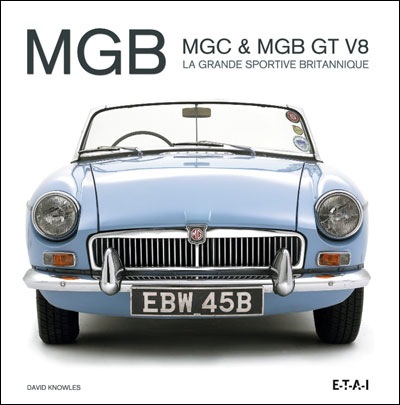





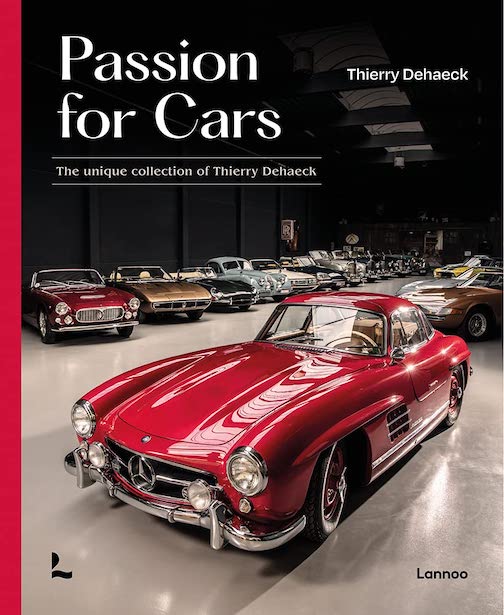

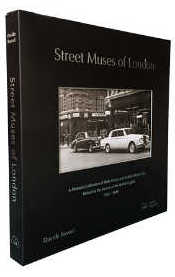

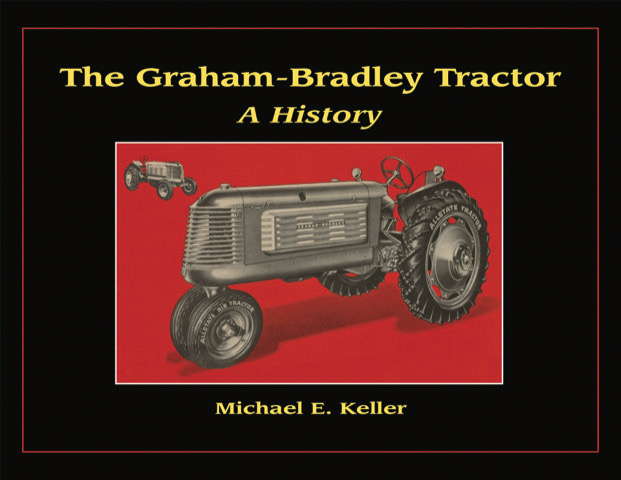







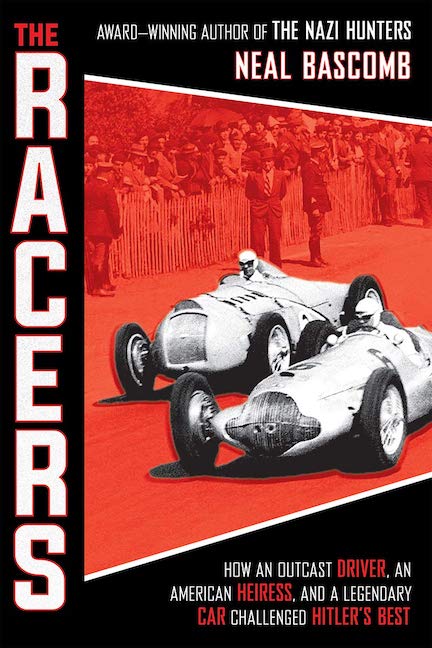






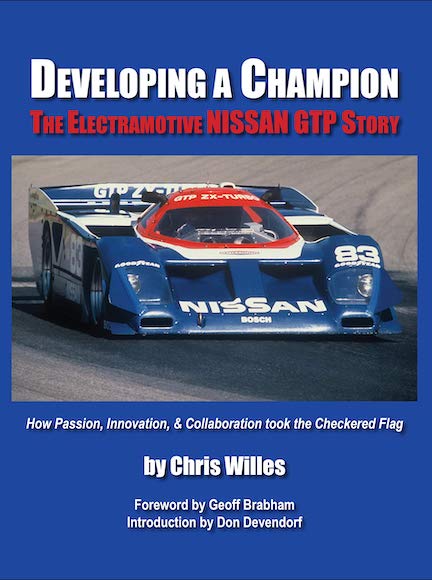

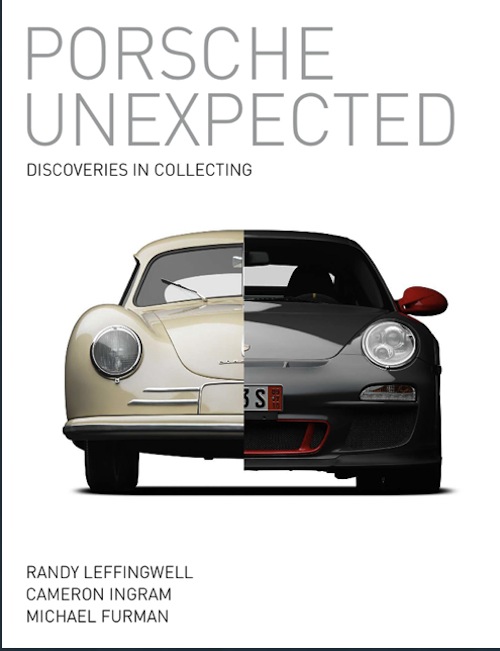
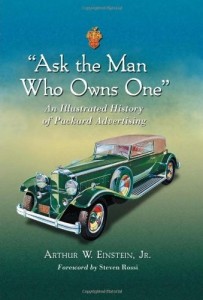

 Phone / Mail / Email
Phone / Mail / Email RSS Feed
RSS Feed Facebook
Facebook Twitter
Twitter
Thank you for the wonderful and insightful review. I think it is extraordinary that you have focused (in part) on research information that has been quite frustrating for me. No other reviewer or reader has ever commented on that and it is nice to know that you could clearly see through all the hype and identify several issues!